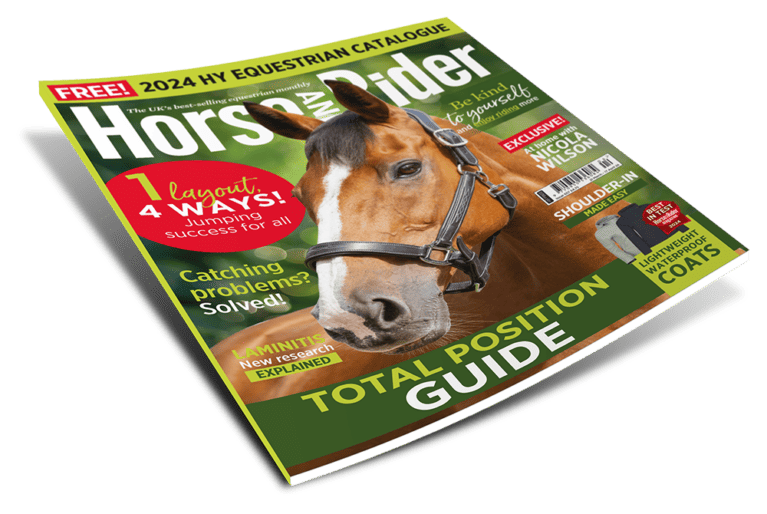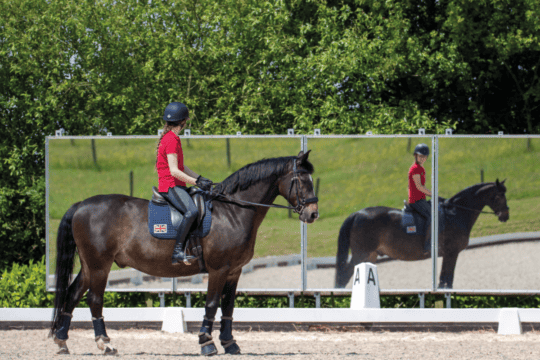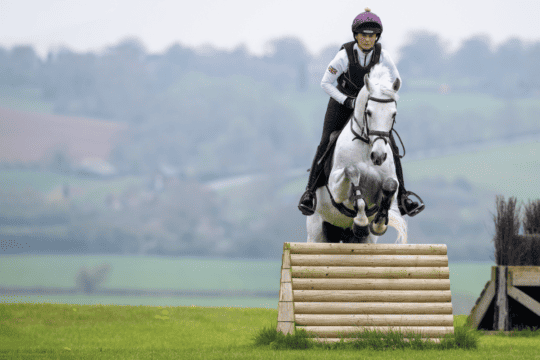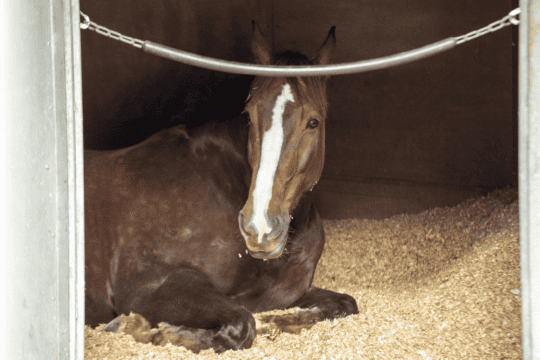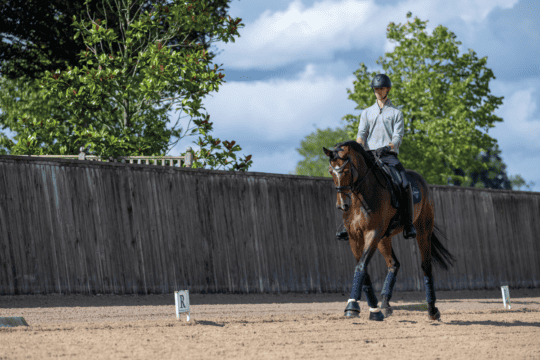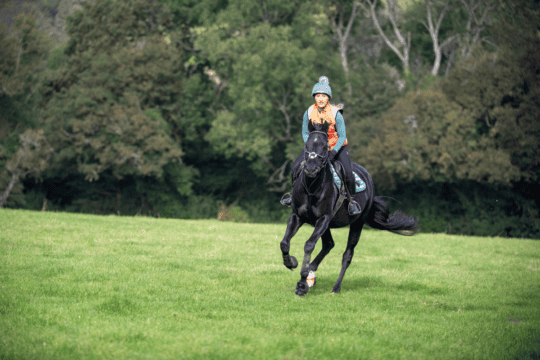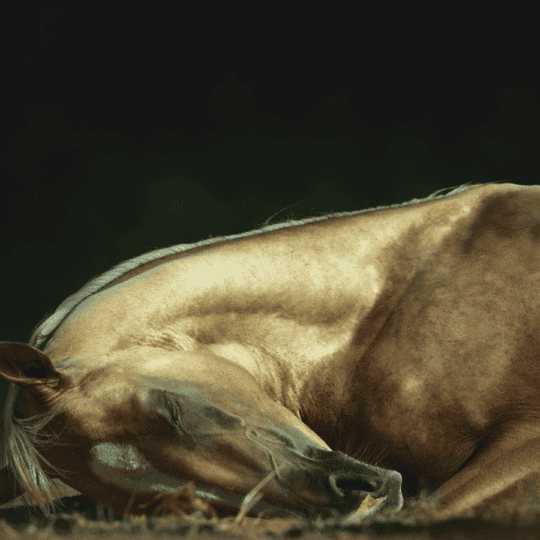The importance of straightness with William Fox-Pitt
Posted 30th January 2020
While flexibility on the cross-country course is vital, sometimes straightness is everything. Find out why, and how to achieve it, with eventing legend William Fox-Pitt
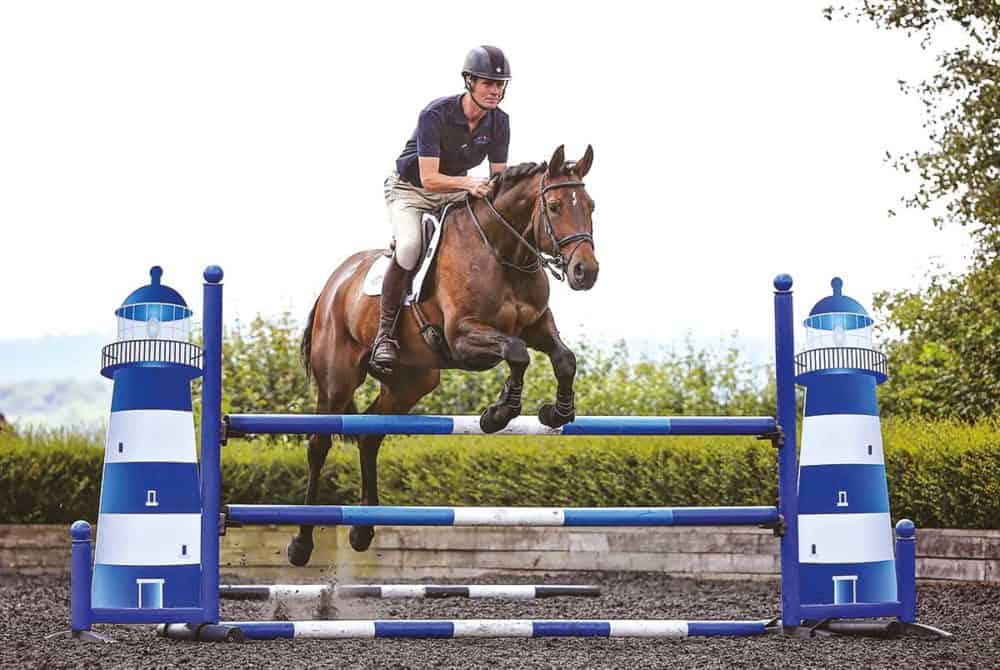
Look closely and you’ll notice that eventers and showjumpers ride two different kinds of horse. An eventer’s has to be very soft and supple to cope with the demands of the dressage phase and the complex twists and turns of the cross-country. On the other hand, top showjumpers’ mounts are masters of straightness. They’re level, balanced and totally adjustable – a picture of precision and power.
That’s not to say that these high level horses don’t have their fair share of both flexibility and straightness – being truly straight is really hard for horses, and strength and suppleness are required for them to be able to hold themselves evenly. Therefore, in order to reap the benefits of a straight horse you need to ensure he’s soft and supple, too.
Crash course
You know you’re riding a straight horse when his shoulders are directly in front of his quarters, his nose is pointing forward and his hindquarters are engaged. It sounds simple, but the reality is that most horses naturally lean one way or the other, so cultivating true straightness takes practice. Think about why riding your horse on a circle can be so pleasing. Creating engagement, controlling his speed and asking for flexion is so much easier when you’re riding a shape that’s designed to get your horse stepping under himself and softening his neck and back. However, showjumping courses don’t take place on a perpetual bend, so you need to make sure that your horse offers you this same feeling on a long, straight approach to a fence, too.
Exercise: squares
While circles have their place, for me riding a square is the ultimate training tool for jumping. It perfectly demonstrates the need for a straight and level, yet soft, horse, because you need him to be even in your contact on the square’s sides, but maintain the softness and submission required for the corners. Try it in walk first and, once you’ve mastered the exercise, progress to trot and have a go at canter if you can.
What? A series of squares, beginning with a 20m version and changing the size each time you complete one full shape.
How? Once you’ve completed a full square, experiment with riding smaller and smaller ones, before enlarging them. For example, instead of going to the track for the next side of your shape, turn when you reach the quarter line to make a 15m one. Count your horse’s strides on each side of your new square to ensure they’re equal in length.
Why? As well as keeping your horse on his toes and guessing where his next turn will be, the smaller squares will require a more balanced, closed pace that tests both your own and your horse’s ability to hold it in a straight line and through a turn.
The square is a great exercise and there are so many ways you can use it, find out how in Spring Horse&Rider, on sale 6 February.

